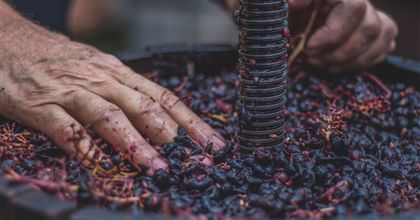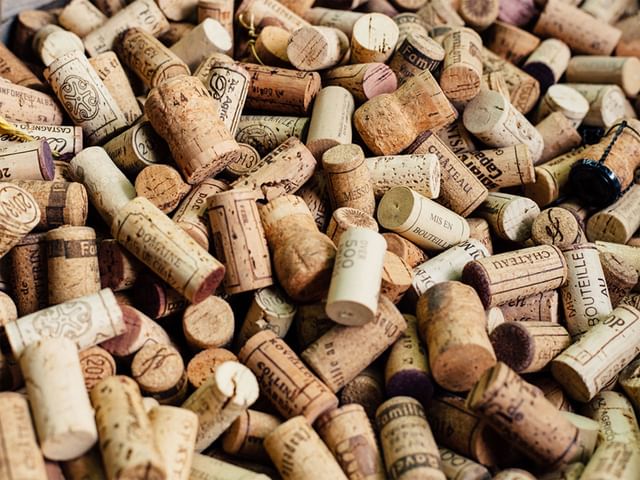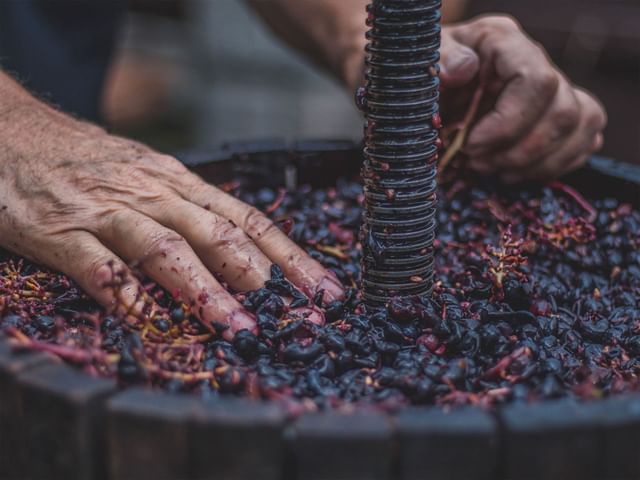What does it mean?
Old World and New World wines

Old World wine, New World wine... it's the sort of reference you might have heard at a wine tasting but never really understood. What do the terms "old world" or "new world" mean, and how can they help you learn more about the wine styles you enjoy?
The terms originally referred to the country in which the wine was produced. However, with Old World countries now producing wines that are characteristically New World, it has come to indicate style rather than region. As a wine lover, you may prefer one over the other, and knowing the difference could open you up to a new world (pun intended) of different varieties and winemakers.

Old World
This term historically referred to wines made by the countries seen as the “original” wine producers, going back thousands of years. This includes Europe – such as France, Italy, Germany, Spain – and the Middle East – like Turkey, Lebanon, Georgia.
Old World wines are made using more traditional winemaking techniques, regulated by stricter rules. For example, all French and Italian wine is structured by a wine classification system. In Italy, the inclusion of “DOCG”, “DOC”, or “IGT” on wine labels indicates how closely a winemaker has followed production guidelines in a certain region or for a specific variety. Many Old World Wines are also named based on the region, such as Bordeaux or Burgundy.
When it comes to flavour, Old World wines tend to be more restrained and elegant, with less punchy fruit and a greater focus on spice, herb characters, and minerality or earthiness. They have lower alcohol and are often more acidic in style.

New World
The New World essentially refers to any colonised country where winemaking was introduced by the coloniser. This includes Australia, New Zealand, the United States, Chile, Argentina, South Africa, and – a growing player on the global stage – China.
New World wines are said to be more experimental because the regions aren’t dominated by centuries-old rules about how and where certain wines should be produced. When it comes to flavour, New World wines are typically known to be more “fruit forward”. They are bright, bold, and powerfully flavoursome, often dominated by younger or riper fruit. They are less acidic but more alcoholic.
As wine regions, techniques, and tastes have changed, the terms have evolved to refer to the wine style, and knowing which one you prefer can help you experiment with new wines with less risk.
Phil Hude, owner of Armadale Cellars in Melbourne, told us that he believes, “the line between the Old World and the New is more blurred than ever before.” We spoke to him about the different styles and how they are evolving.
Let’s use a simple example: what’s the difference between an Old World and a New World Shiraz or Syrah?
Cote Rotie is a wine made predominantly from Syrah (aka Shiraz) from the northern Rhone, just south of Lyon. Sometimes co-fermented with Viognier, it is typically a medium bodied wine, with bright red fruit and hints of game, pepper and floral notes. It is typically lighter in body than other famous Syrah-based wines like Cornas and Hermitage.
For the New World, traditional Barossa Valley and McLaren Vale Shiraz tend to be full bodied and sweet fruited, with layers of rich blackberry and plum fruit, often overlaid by oak vanillin and spice. But Australian Shiraz varies tremendously depending on the region from which it originates; cooler climate Australian Shiraz is more similar to Syrah from the northern Rhone.
Is it important to know whether a customer prefers Old World or New World wines?
It is fair to say that the Old World sets the qualitative benchmark for most wine styles and grape varieties, and the lines between the two are increasingly blurred. I believe it is more important to establish the style they like (lighter/fuller bodied), the variety, the context they will be enjoying the wine (with or without food, what food), and how much the customer is prepared to spend.
A customer who drinks full-bodied Shiraz can be potentially led to a southern Rhone red blend. Similarly, a Mornington Peninsula Pinot Noir drinker can be offered a light Nebbiolo from Alto Piedmonte. Part of a fine wine merchants’ skill is to offer customers alternatives and broaden their horizon.
If a customer prefers the Old World style, what Australian regions or varieties would you recommend?
Depending on the variety, I would suggest cooler regions such as Tasmania, the Yarra Valley, Mornington Peninsula, Macedon Ranges, Beechworth and the Adelaide Hills. These areas are recognised for producing savoury, medium-bodied wines, particularly from Chardonnay, Pinot Noir and Shiraz.
Margaret River, Coonawarra and the Yarra Valley are Australia’s best regions for Bordeaux-styled wines, and there are many Grenache-based wines from the Barossa Valley and McLaren Vale that would suit a drinker who enjoys the Old World style.
How about New World style?
For Chardonnay and Pinot Noir, there are many regions in Australia (Mornington Peninsula, Yarra Valley, Tasmania, Adelaide Hills) and New Zealand (Martinborough, Canterbury, Marlborough) that produce high quality expressions. For Shiraz, you could head to traditional regions such as the Barossa Valley or McLaren Vale. Other good regions for richly fruited full-bodied Shiraz include Heathcote, Bendigo and Avoca.
Check out Armadale Cellar’s website, or visit them at 813-817 High St, Armadale 3143 for more of Phil’s expertise.
Locations